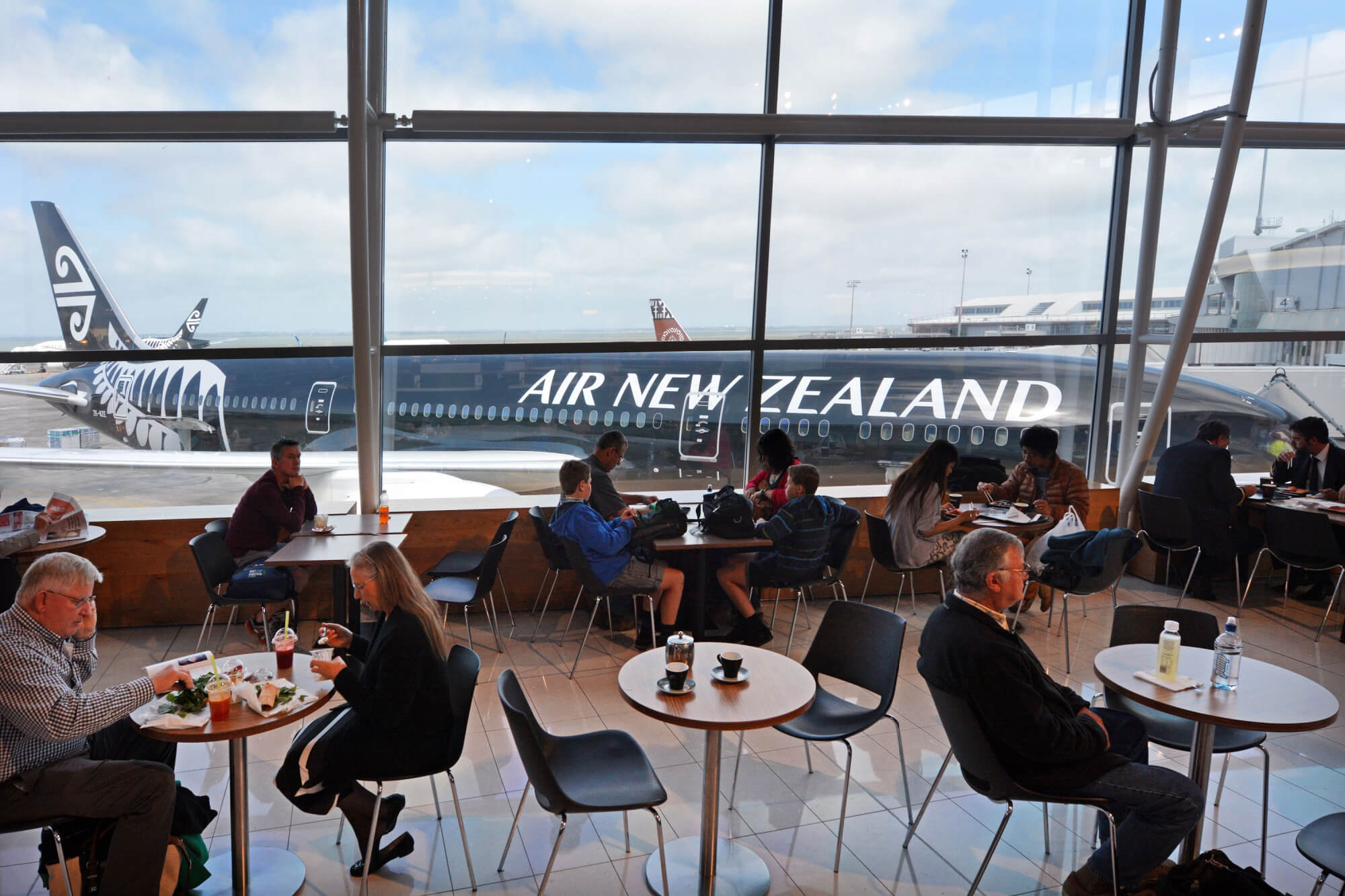Auckland International Airport (AKL) announced on September 16, 2024, that it will carry out an equity raise of US$862 million to build a new domestic jet terminal.
The building will be the first new terminal constructed at Auckland Airport in almost 50 years after years of consultation with major airline customers.
The planned terminal project, which is part of a wider airfield improvement plan forecasted to cost around NZ$2.2bn (US $1.49bn), will include a new building next to the airfield, along with baggage systems and related facilities, said Carrie Hurihanganui, Chief Executive Officer of Auckland Airport.
“It’s an investment for the coming decades and beyond, creating essential resilience, greater capacity, improved processing for domestic jet travelers and their baggage, and a greater experience for everyone who travels, visits, and works in our aviation precinct,” Hurihanganui added.
Featuring a new main section of the building and a 240-meter-long gate pier, the new facility will increase passenger processing space by 44% and add 26% more seat capacity, with an additional 10% flexible seat capacity also provided through bus operations to remote stands, the airport’s statement said.
Hurihanganui stated that construction is planned to last five years. After the building is finished, there will be operational testing of the new terminal, which is scheduled to open to the public in 2029.
The airport has signed a US$496m (NZ$800 million) contract with Hawkins, one of New Zealand’s largest construction companies, to manage the terminal’s construction. This project is likely to generate about 2,500 new jobs at its busiest time and will combine domestic and international services under one roof.
“Building in a live operating airport environment is no small task, and while we’re focused on minimizing the impact on travelers as much as possible, we know change is disruptive and we thank travelers for their patience as the build progresses,” Hurihanganui added.
Auckland Airport is working on a complex series of transformational projects. This includes many changes to the airfield, utilities, transport, and terminals. Work began in 2022, and all the key projects are well underway, with over 23% of the infrastructure program completed.

